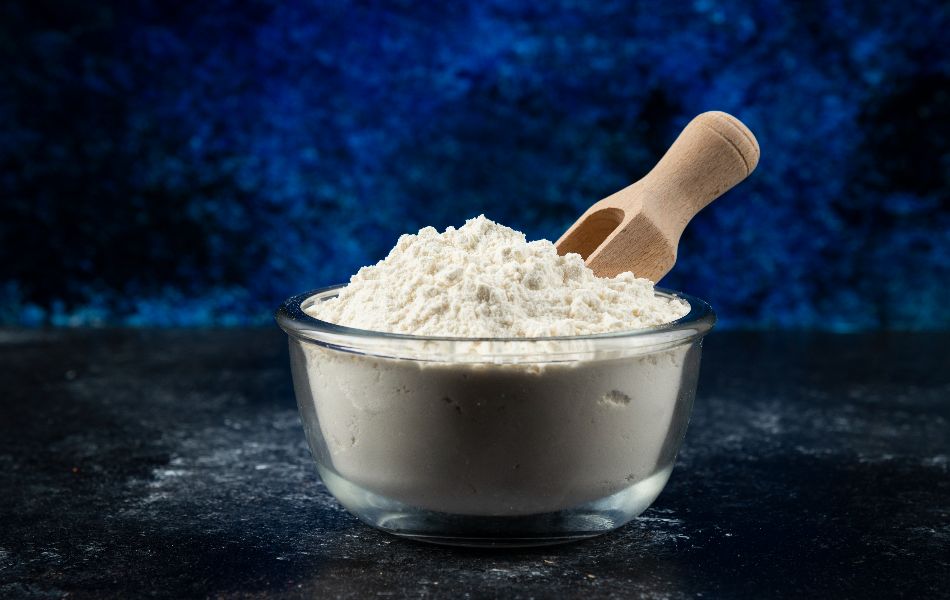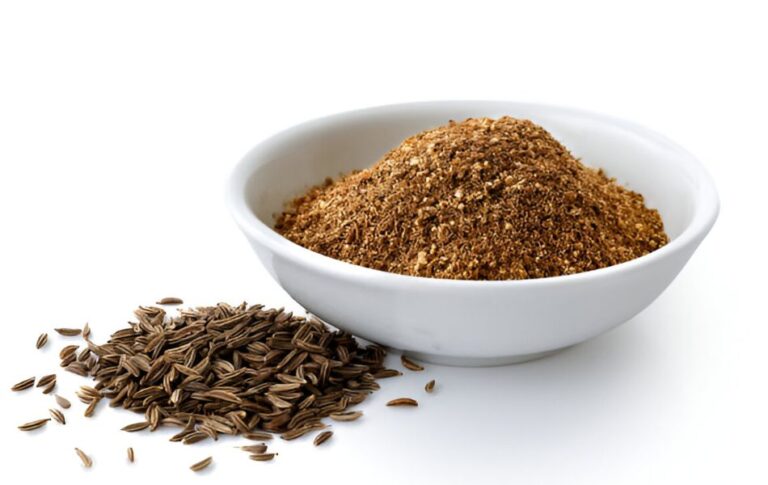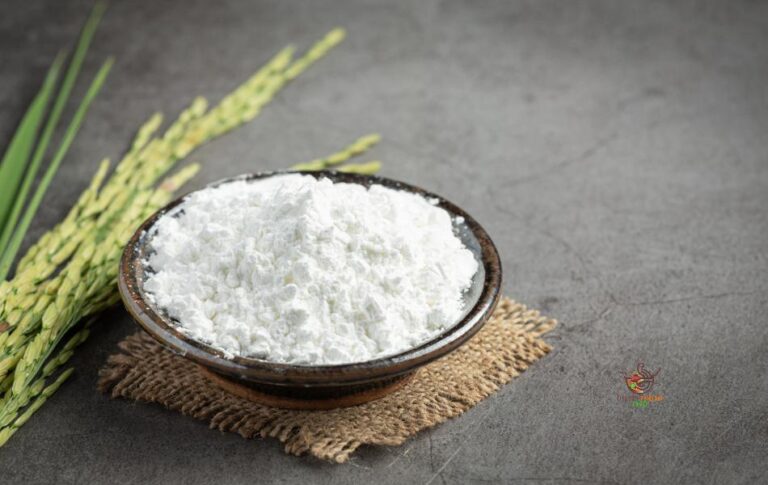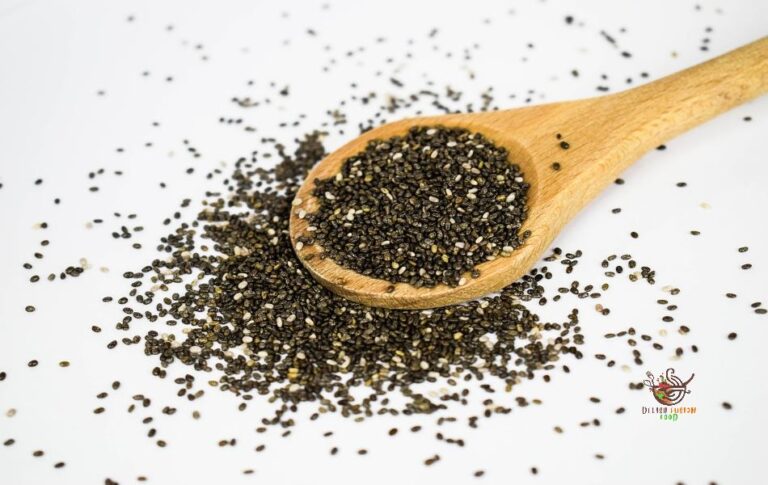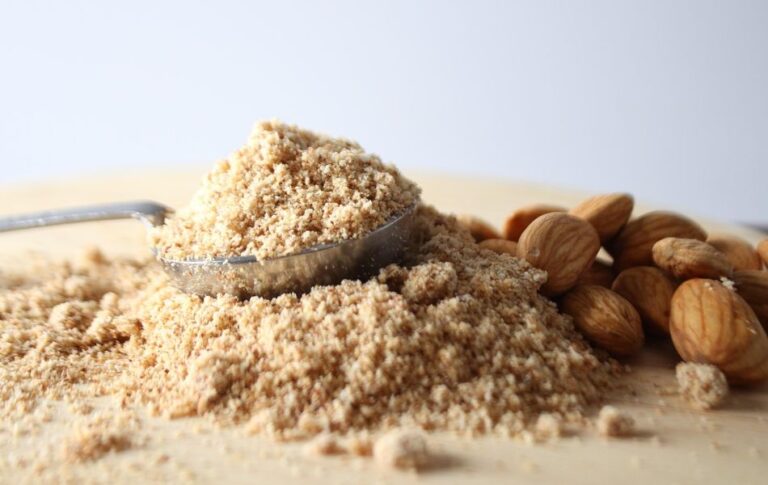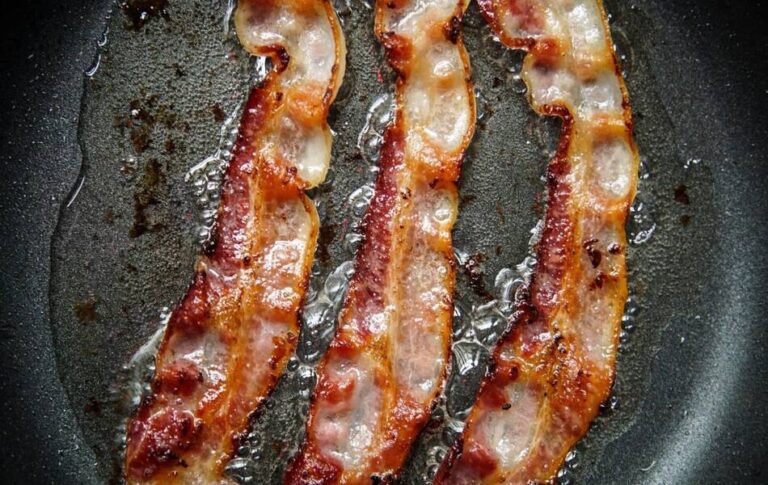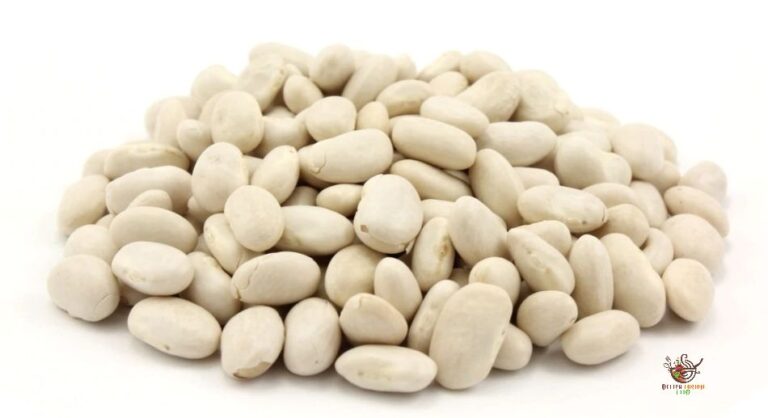Best All-Purpose Flour Substitutes for Easy Baking
When it comes to baking, all-purpose flour is a kitchen staple. It’s versatile, easy to find, and works well in everything from cookies to bread. But what if you’re out of it or need a gluten-free option? Don’t worry, there are plenty of excellent substitutes that can give you the same great results.
In this article, we’ll walk through the best alternatives to all-purpose flour, whether you’re looking for gluten-free, low-carb, or healthier options. Let’s dive in!
Why Substitute All-Purpose Flour?
There are several reasons why someone might want or need to substitute all-purpose flour in a recipe:
- Gluten Sensitivity: Gluten-free diets are essential for those with celiac disease or gluten intolerance.
- Healthier Options: Some prefer whole grain, low-carb, or high-protein flour.
- Allergy Concerns: Certain flours may be better for individuals with nut or grain allergies.
- Running Out of All-Purpose Flour: We’ve all been in that moment when you realize you’re out of all-purpose flour right in the middle of a recipe.
The good news is that there are many great substitutes that can work just as well (if not better) than regular flour.
Top Substitutes for All-Purpose Flour
Here are the best substitutes for all-purpose flour. Each one has specific uses, so you’ll be sure to find the right fit for your dish.
1. Almond Flour
Almond flour is produced by grinding almonds into a fine texture, giving it a mild nutty flavor. It’s an excellent option for anyone following a gluten-free or low-carb diet. Since it’s made from almonds, it’s also higher in protein and healthy fats than regular flour.
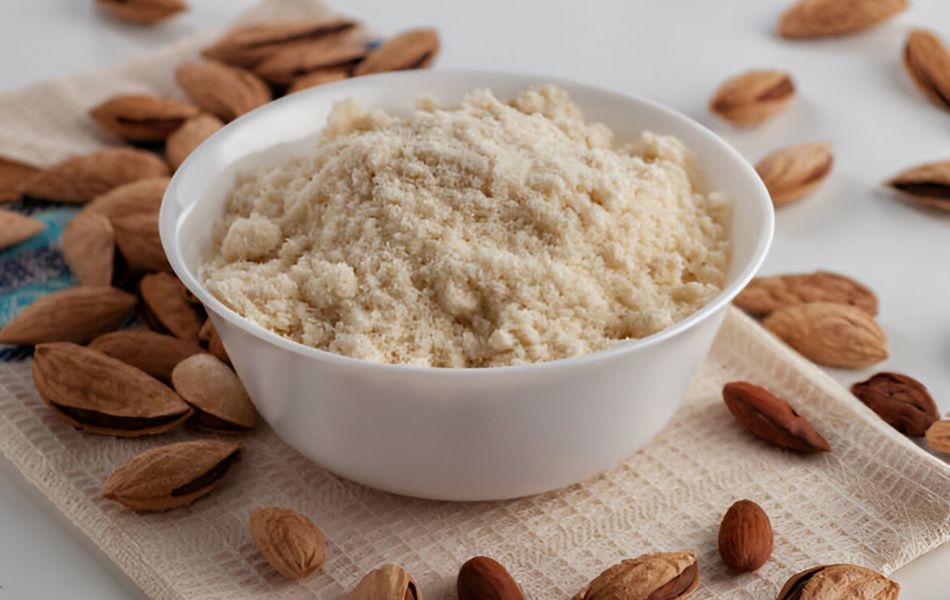
How to Use It: Replace all-purpose flour with almond flour in a 1:1 ratio. Almond flour tends to make baked goods a bit denser, so you may need to adjust the liquids in the recipe.
Best For: Gluten-free, low-carb baking. Cookies, cakes, and bread.
2. Coconut Flour
Coconut flour is another popular gluten-free alternative. It’s made from dried coconut meat and has a naturally sweet flavor. It’s high in fiber, which makes it great for those looking for a healthier flour.
How to Use It: Coconut flour is highly absorbent, so you can’t simply swap it in a 1:1 ratio with all-purpose flour. You’ll typically need to use 1/4 cup of coconut flour for every 1 cup of regular flour, and you’ll also need to add more liquid to your recipe.
Best For: Gluten-free, high-fiber baking. Pancakes, muffins, and cakes.
3. Whole Wheat Flour
If you’re looking for a more nutritious option than all-purpose flour, whole wheat flour is an excellent choice. It retains the bran and germ from the wheat, making it higher in fiber and nutrients.
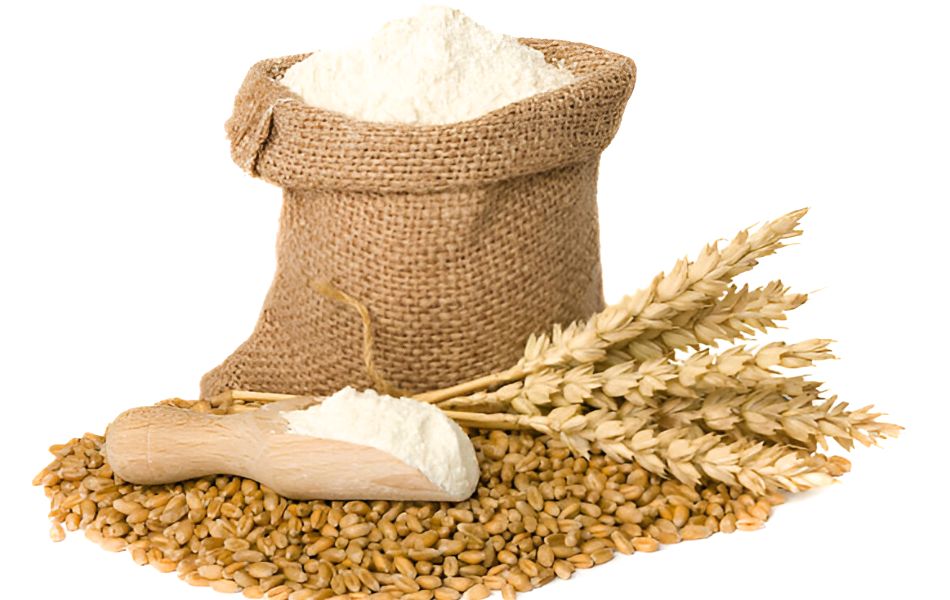
How to Use It: You can replace all-purpose flour with whole wheat flour at a 1:1 ratio, but the resulting baked goods will be denser. You can use a mixture of whole wheat and all-purpose flour for lighter textures.
Best For: Healthier, whole-grain alternative. Breads, muffins, and cookies.
4. Bread Flour
With a higher protein content, bread flour is ideal for recipes that need extra elasticity and structure.
How to Use: Bread flour yields chewier textures and works best in yeast-risen recipes. Ratio to Substitute 1 cup bread flour = 1 cup all-purpose flour.
Best For: Pizza dough, bread, and rolls.
5. Oat Flour
Oat flour is created by finely processing oats into a smooth, powdery consistency. It’s rich in fiber, vitamins, and antioxidants, making it a good choice for adding a mild, slightly sweet flavor to baked goods.
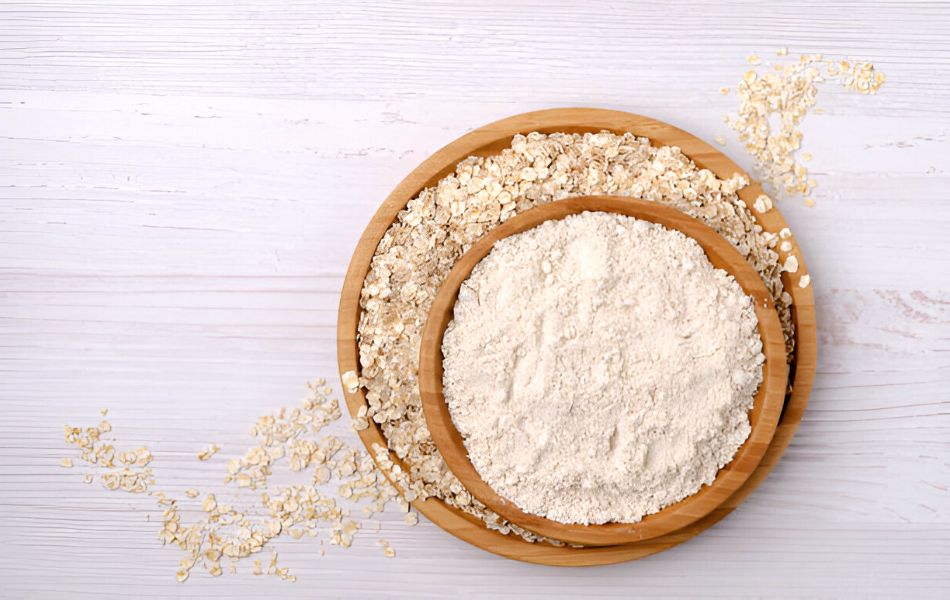
How to Use It: You can substitute oat flour in a 1:1 ratio for all-purpose flour. Oat flour works well in most recipes, but you should add more liquid to prevent the dough from becoming too dry.
Best For: Muffins, cookies, and pancakes.
6. Chickpea Flour
Chickpea flour, also called garbanzo bean flour, is produced by grinding dried chickpeas into a fine powder. It’s rich in protein and fiber, making it an excellent choice for those looking for a healthier alternative.
How to Use It: Chickpea flour can replace all-purpose flour in a 1:1 ratio. Its slightly bean-like flavor makes it ideal for savory baked goods such as breads and crackers.
Best For: Gluten-free and protein-rich baking. Savory bread, flatbreads, and pizza crusts.
7. Gluten-Free Flour Blends
Store-bought gluten-free flour blends are a lifesaver for anyone avoiding gluten. These mixtures often contain ingredients like rice flour, tapioca starch, and xanthan gum to mimic all-purpose flour.
How to Use: Use it as a one-to-one substitute for all-purpose flour in most recipes. Ratio to Substitute 1 cup gluten-free flour blend = 1 cup all-purpose flour
Best For: General baking
8. Tapioca Flour
Tapioca flour, also called tapioca starch, is made from the cassava root. It’s a great option for those needing gluten-free flour and is particularly useful for thickening sauces or soups.
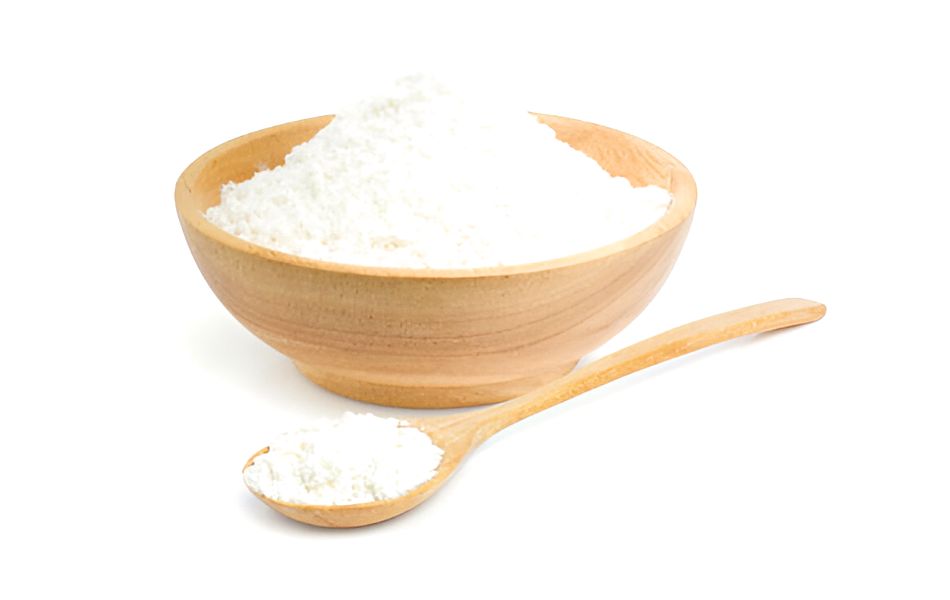
How to Use It: Tapioca flour is best used in combination with other gluten-free flours. You can replace about 1/4 cup of all-purpose flour with tapioca flour when making sauces, or use it to improve the texture of gluten-free baked goods.
Best For: Thickening sauces, puddings, and gluten-free baked goods.
Handy Tips for Substituting All-Purpose Flour
When using a substitute, a few adjustments may be necessary to get the best results.
- Experiment with Ratios: Different flours absorb liquid differently. Adjust the liquid in your recipe to achieve the desired consistency.
- Add Binding Agents: For gluten-free flours, consider adding xanthan gum, guar gum, or eggs to maintain structure.
- Combine Flours: Use a mix of flours to balance flavors and textures. For example, combine oat flour with almond flour for a softer texture.
- Expect Texture Changes: Substitutes may alter the final texture. Coconut flour tends to be dense, while oat flour yields softer results.
When to Use Each Flour Substitute
| Substitute | Best Recipes | Flavor/Texture Notes |
| Whole Wheat Flour | Breads, hearty muffins | Nutty, dense texture |
| Almond Flour | Cookies, cakes, quick breads | Moist, slightly sweet |
| Oat Flour | Pancakes, brownies, muffins | Light, fluffy, mildly sweet |
| Coconut Flour | Paleo, keto desserts | Dense, absorbs moisture quickly |
| Bread Flour | Pizza dough, bread rolls | Elastic, chewy |
| Gluten-Free Blends | Cakes, cookies, general baking | Neutral flavor, mimics all-purpose flour closely |
| Chickpea Flour | Savory bread, flatbreads, pizza crusts | Bean-like flavor, dense texture |
| Tapioca Flour | Thickening sauces, puddings, gluten-free baking | Smooth texture, excellent thickening |
See Also – Substitutes for Gram Flour: Try These 16 Alternatives
Final Thoughts
Running out of all-purpose flour doesn’t mean you have to pause your cooking or baking. There are a variety of substitutes available, each suited for different recipes and dietary needs. Whether you’re whipping up a batch of cookies or making a savory loaf of bread, there’s a substitute that will work for you.
Next time you’re in the kitchen, give one of these substitutes a try. Who knows? You might even find a new favorite!

